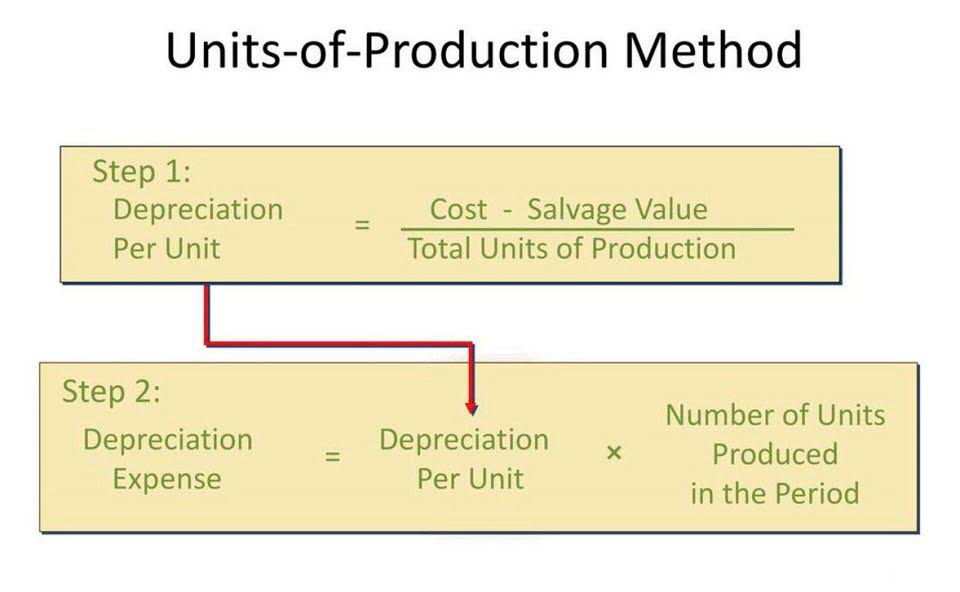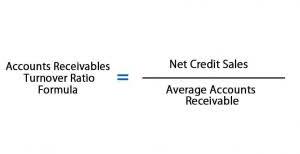
FIFO is straightforward and intuitive, making it popular as an accounting method and useful for investors and business owners trying to assess a company’s profits. It’s also an accurate system for ensuring that inventory value reflects the market value of products. It’s also the most accurate method of aligning the expected cost flow with the https://www.bookstime.com/ actual flow of goods. It reduces the impact of inflation, assuming that the cost of purchasing newer inventory will be higher than the purchasing cost of older inventory.
How does the FIFO method affect taxable profits?

This method assumes that inventory purchased or manufactured first is sold first and newer inventory remains unsold. Thus cost of older inventory is assigned to cost of goods sold and that of newer inventory is assigned to ending inventory. The actual flow of inventory may not exactly match the first-in, first-out pattern. But regardless of whether your inventory costs are changing or not, the IRS requires you to choose a method of accounting for inventory that’s consistent year over year. You must use the same method for reporting your inventory across all of your financial statements and your tax return. If you want to change your inventory accounting practices, you must fill out and submit IRS Form 3115.
The Impact of FIFO on Financial Statements
- This is particularly relevant in jurisdictions with high corporate tax rates.
- Companies using perpetual inventory system prepare an inventory card to continuously track the quantity and dollar amount of inventory purchased, sold and in stock.
- If you have various costs for different batches on site, then you should multiply each quantity by its cost price, then add up for all the batches.
- It reduces the impact of inflation, assuming that the cost of purchasing newer inventory will be higher than the purchasing cost of older inventory.
- It is the amount by which a company’s taxable income has been deferred by using the LIFO method.
- Trying to stay up to date on the latest cross-border shipping and import requirements?
- FIFO is permitted under both GAAP (Generally Accepted Accounting Principles) and IFRS (International Financial Reporting Standards).
For example, consider the same example above with two snowmobiles at a unit cost of $50,000 and a new purchase for a snowmobile for $75,000. The sale of one snowmobile would result in the expense of $50,000 (FIFO method). Therefore, it results in poor matching on the income statement as the revenue generated from the sale is matched with an older, outdated cost. The FIFO method can result in higher income taxes for a company because there’s a wider gap between costs and revenue. The alternate method of LIFO allows companies to list their most recent costs first in jurisdictions that allow it. Assume a company purchased 100 items for $10 each and then purchased 100 more items for $15 each.

FAQs About FIFO Method
Given the perishable nature of agricultural products, using FIFO for ending inventory is essential. By selling or using the oldest harvested crops or produce first, waste is minimized. The number of units in the inventory decreases in the order they were added, ensuring fresh stock and efficient inventory costs management. During a period of rising prices, the most expensive items are sold with the LIFO method. This means the value of inventory is minimized, and the value of COGS is increased.
How to Calculate COGS in the FIFO Method?
The company will report the oldest costs on its income statement, whereas its current inventory will reflect the most recent costs. FIFO is a good method for calculating COGS in a business with fluctuating inventory costs. Calculating the FIFO (First-In, First-Out) cost of goods sold is a key skill for businesses managing inventory. It impacts financial statements and tax calculations by determining which costs are expensed when items are sold. Understanding this method ensures accurate reporting and compliance with accounting standards. The weighted average method calculates COGS based on the average cost of units purchased over an accounting period, rather than matching costs with specific inventory units.
This card has separate columns to record purchases, sales and balance of inventory in both units and dollars. The quantity and dollar information in these columns are updated in real time i.e., after each purchase and each sale. At any point in time, the perpetual inventory card can, therefore, provide information about purchases, cost of sales and the balance in inventory to date. A higher ending inventory value can improve fifo equation key financial ratios, such as the current ratio and inventory turnover ratio, making the company appear more financially healthy.
- When a company selects its inventory method, there are downstream repercussions that impact its net income, balance sheet, and its requirements for tracking inventory.
- Under FIFO, your Cost of Goods Sold (COGS) will be calculated using the unit cost of the oldest inventory first.
- Yes, ShipBob’s lot tracking system is designed to always ship lot items with the closest expiration date and separate out items of the same SKU with a different lot number.
- Using the FIFO method makes it more difficult to manipulate financial statements, which is why it’s required under the International Financial Reporting Standards.
You would multiply the first 10 by the cost of your newest goods, and the remaining 5 by the cost of your older items to calculate your Cost of Goods Sold using LIFO. LIFO, or Last In, First Out, is an inventory value method that assumes that the goods bought most recently are the first to be sold. When calculating inventory and Cost of Goods Sold using LIFO, you use the price of the newest goods in your calculations. In short, you use the first three units to calculate cost of goods sold expense. The cost of the ending inventory asset, then, is $106, which is balance sheet the cost of the most recent acquisition.


Some companies choose the LIFO method because the lower net income typically leads to lower income taxes. However, it is more difficult to calculate and may not be compliant under certain jurisdictions. It may also understate profits, which can make the business less appealing to potential investors. Every time a sale or purchase occurs, they are recorded in their respective ledger accounts. However, as we shall see in following sections, inventory is accounted for separately from purchases and sales through a single adjustment at the year end.
Pharmaceutical and Healthcare Companies
As you can see, the FIFO method of inventory valuation results in slightly lower COGS, higher ending inventory value, and higher profits. This makes the FIFO method ideal for brands looking to represent growth in their financials. The average cost method, on the other hand, is best for brands that don’t see the cost of materials or goods increasing over time, as it is more straightforward to calculate. When all inventory items are sold, the total cost of goods sold is the same, regardless of the valuation method you choose in a particular accounting period. The FIFO (First In, First Out) inventory method can significantly influence key components of a company’s financial statements, especially the income statement and balance sheet. By tracking the flow of inventories, FIFO impacts important metrics like profitability and the valuation of assets.